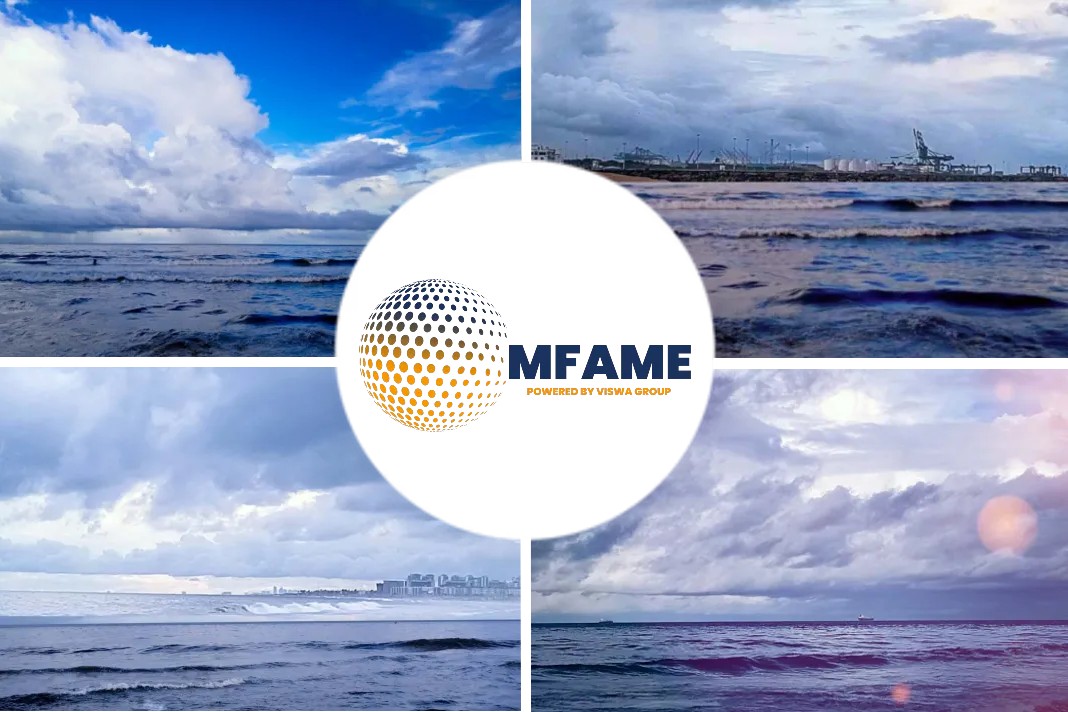- An increasing number of large shipping companies are trying out technologies that blow bubbles underneath a ship’s hull.
- It is an attempt to save fuel and reduce emissions.
- Is it really effective?
A growing number of ships are blowing bubbles beneath their hulls to improve fuel efficiency and reduce greenhouse gas emissions.
An Innovative Idea
The idea is known as air lubrication and has been around since the 19th century. But it is only recently that it has attracted interest among commercial shipping operators. Air Lubrication System is a method to reduce the resistance between the ship’s hull and seawater using air bubbles. The air bubble distribution across the hull surface reduces the resistance working on the ship’s hull, creating energy-saving effects. With the right ship hull design, the air lubrication system is expected to achieve up to 10-15% reduction of CO2 emissions, along with significant savings of fuel.
“By adding a layer of air underneath a vessel, you reduce the friction of the hull,” says Frode Lundsteen Hansen, co-founder of Marine Performance Systems, a company in the Netherlands that designs such systems.
Marred With Challenges
Though a promising technology, the Air Lubrication System has a few concerns regarding its implementation and performance on ships.
- The System can work on only certain designated vessels and not generally for all.
- Issues regarding stability and maneuverability of ships due to air cavities formed.
- Uniformity of air bubbles is required to get the desired results which is not always the case.
Though laced with challenges, the system can prove to be an effective measure.
Did you subscribe to our newsletter?
It’s free! Click here to subscribe!
Source: NewsScientist
















